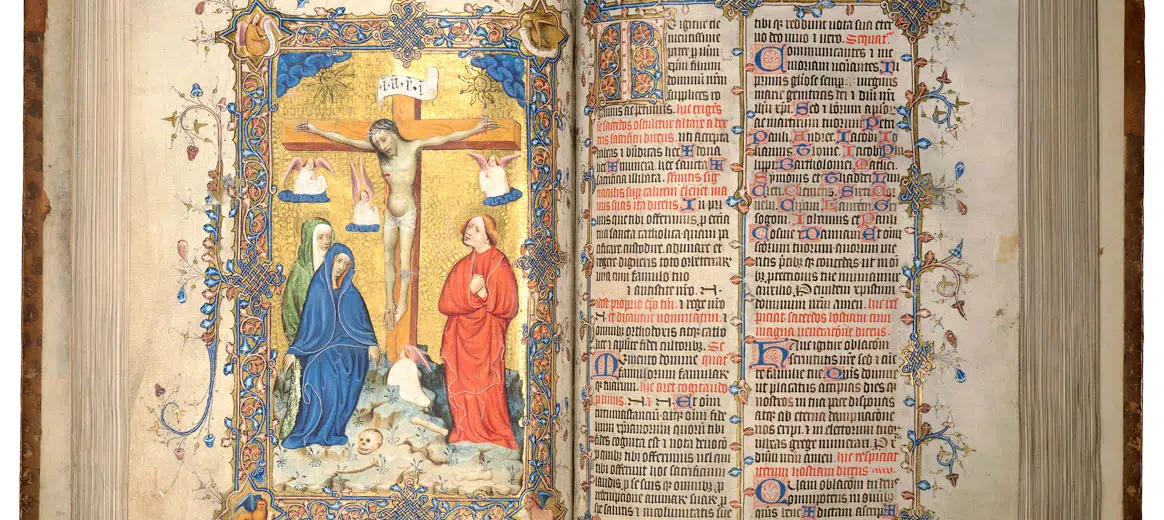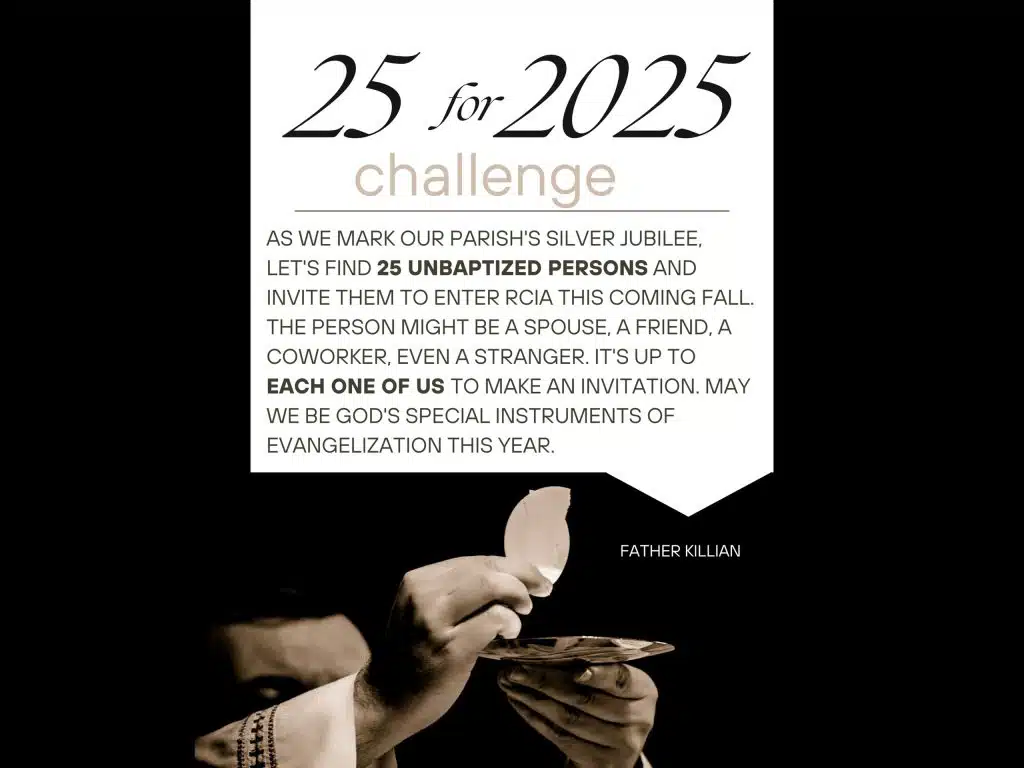The Folger Library in Washington is hosting an exhibit of
precious manuscripts and early printed books along with one stunning object,
the silver-gilt crosier (bishop’s staff) that once belonged to Bishop Richard
Fox (1447-1528), a chief advisor to the Tudor kings of England, Henry VII and
the young Henry VIII.
Five hundred years ago, in 1517, Bishop Fox founded Corpus Christ
College at Oxford University, and the exhibit gathers items from its library
spanning more than a millennium.
“Corpus Christi” means Body of Christ. Bishop Fox chose the name
to honor the most precious sacrament of Christianity, the Holy Eucharist.
Little could he know that in that very year, the monk Martin Luther was setting
a movement into motion in Germany that ended up calling into question the
meaning of Communion and ultimately would split the Western Christian
community.
This silver-gilt crosier that belonged to Bishop Richard
Fox features an enthroned figure of St.
Peter. One of the finest pieces of
medieval English silver in existence, it is adorned with tiny statuettes of the
Twelve Apostles and Bible scenes. COURTESY CORPUS CHRISTI COLLEGE, OXFORD
Like other scholars in Renaissance Europe, Bishop Fox wanted to
promote higher standards of scholarly inquiry in medicine, astronomy and
mathematics, but above all he wanted students to learn Greek and Hebrew, the
languages of the Bible itself. This led to the creation of a Trilingual Library
at Oxford. The exhibit shows clearly that the kind of scholarship that brought
all Christians closer to the historic roots of the Bible had been going on for
centuries inside the Catholic Church.
Items on view include early editions of Chaucer’s Canterbury Tales and a lesser known but very important
Middle English literary masterpiece, Piers Plowman;
the only surviving notebook recording the deliberations of one of the
committees of translators who worked on the King James Bible; and a
gold-decorated 5th-century Greek manuscript of Homer’s Iliad.
Other books in the display show the efforts Corpus Christi
students made to learn Hebrew using books that dated from before 1290, the year
when, tragically, the Jews were expelled from England. Particularly rare is one
of the oldest surviving manuscripts of the Commentaries of Rashi, a rabbi whose
writings were the fundamental basis for the study of the Hebrew Bible since the
12th century.
The Lapworth Missal
Right in the middle of the Folger exhibition hall a large missal
opens to a glorious full-page illustration of the Crucifixion. The Lapworth
Missal, used by priests for the Mass readings, was written in 1398 and probably
illuminated soon thereafter. Christ, his head gently dropped to one side in
death, hangs on the cross while angels gather his blood in chalices — alluding
to the transubstantiated wine of the Eucharist. Mary, John and the Magdalene
grieve in the landscape littered with the bones of Golgotha. An intricately
ornamented border replete with gold leaf and the four evangelists at each
corner surrounds the scene.
Early owners deemed this illustration so precious that they took
precautions to protect it. A red silk curtain was sewn across the top of the
page (lifted for the exhibit). In addition, since it was the practice for the
priest to kiss the image of the Crucified during the Mass, the illustrator drew
a second tiny Crucifix in pen and ink at the bottom of the page. (These
protective measures did not extend to the facing page, where the pope’s name
was erased during the Reformation, leaving a conspicuous gap in the Eucharistic
prayer.)
The Lapworth Missal followed the Sarum or “Salisbury” variant of
the Roman rite for public worship, widely used in southern England, Wales and
Scotland until the late 1500s. It influenced the Anglican Book of Common
Prayer, and had been occasionally revived by English Catholics in the last
century.
Translating the Bible
Bishop Fox and his co-thinkers, who included St. Thomas More,
were deeply interested in recovering the languages of the ancient Bible and
looking critically at the Vulgate, the Latin translation written by St. Jerome
in the 4th century. They viewed Jerome as their patron and model. A woodcut in
an early edition of Jerome’s Letters printed in Basel in 1497 portrays the saint
surrounded by books in Hebrew and Greek next to his Latin text.
A manuscript on parchment of the 1516 Latin translation of the
New Testament by Erasmus of Rotterdam sets the new words in red ink above
Jerome’s version in black, on alternating lines. The Gospel of St. Luke opens
with a charming double image of the evangelist. In the foreground Luke appears
(anachronistically) as a Renaissance scholar at his writing desk, with books
and pens nearby. In the background Luke reappears as a painter making an easel
picture of the Virgin Mary.
The exhibit is free and open to the public until it closes April
30. A brochure will take visitors through the displays (plan at least an hour)
but the docent-guided tours on Wednesdays at noon and Saturdays at 2 p.m. are
highly recommended.
Find out more
Go to bit.ly/2nnNI5c. Exhibit runs through April 30.



